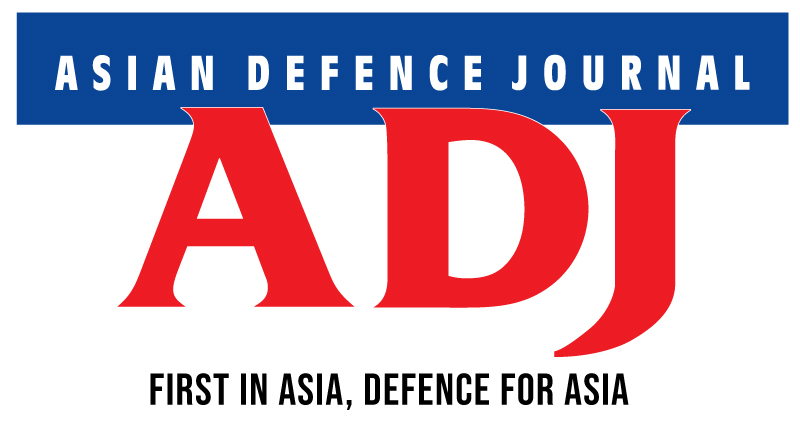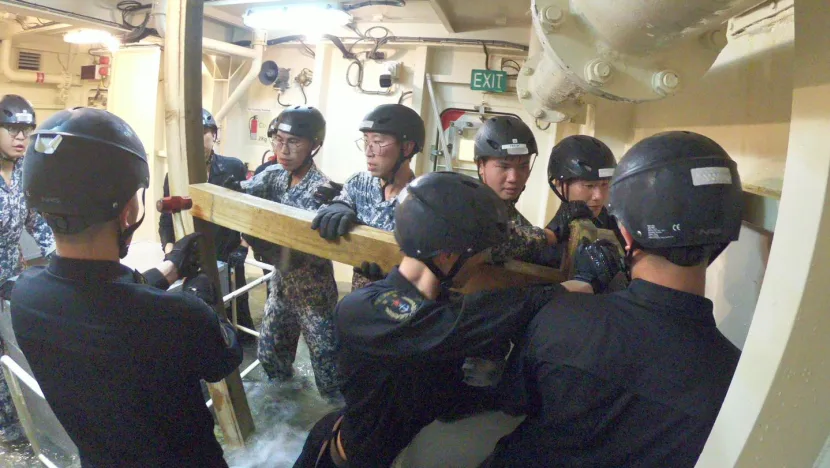Expand Naval Forces Operational Capabilities through New Technologies and Automation
SINGAPORE: The Republic of Singapore Navy (RSN) will leverage on unmanned technology to continue to expand the service’s operational envelope without employing heavy manpower in its quest to maintain qualitative superiority through the implementation of new technologies.
“The RSN is cognisant that we cannot operate our ships with the same amount of manpower as some of our foreign counterparts, Chief of Navy Rear Admiral Sean Wat said.
“We were thus early adopters of automation on board our ships, allowing us to operate them with one- third to half the crew as compared to ships of similar size in other established navies.
In building the Navy’s capabilities for the future, we have looked at how we can design work
processes to be more efficient so as to allow us to do more, with less. In the next bound, the
RSN will leverage unmanned technology to continue to expand our operational envelope
without levying a heavy manpower cost,” he said.
Soon, he said, the Maritime Security Unmanned Surface Vessels (USVs) will operate alongside manned vessels, such as the Littoral Mission Vessels, to patrol Singapore waters. The future Multi-Role Combat Vessel (MRCV) will also operate as a “mothership”, capable of taking charge and coordinating the actions of multiple unmanned platforms at sea.
“While unmanned technology potentially unshackles us from the constraints imposed
by declining birth rates, and allows us to undertake riskier operations without putting our
sailors in danger, it cannot entirely replace core human functions that involve leadership,
command, and complex decision-making., “ he told Asian Defence Journal. RAdm Wat was appointed Chief of Navy on March 10.
Therefore, the fleet of the future will likely be one of manned-unmanned pairing, which will allow the RSN to reap the efficiencies of both manned and unmanned operations through proper integration and synergy, he said in the written interview in conjunction with the IMDEX Asia show here.
The RSN will develop the necessary skills and expertise to guide such manned-unmanned operations, and also train personnel to operate and maximise the use of unmanned technology. “We will also constantly learn and adopt the best practices from other militaries regarding the use of unmanned technology, while understanding their limitations in deployment.”
Further describing the Multi-Role Combat Vessels, RAdm Sean Wat said the design of the MRCVs incorporates the “mothership” concept, where a manned vessel is able to operate multiple unmanned systems to expand its surveillance and influence over a large area.
The MRCVs will support the operations of unmanned drones and vessels, which will be key force multipliers for the RSN’s operations.
“It will be configurable to be fitted with modular mission modules so that it can conduct a wide range of missions from peace to war. In addition, we will incorporate automation and data analytics into our combat and platform systems to enhance situational awareness, accelerate decision-making, and improve efficiencies in logistics and engineering support,” he said. The “mothership” concept is a natural progression from the RSN’s unmanned journey since the early-2000s.
The service, now among the most modern in the region, came into existence with three ageing vessels when a naval ensign was hoisted at the Telok Ayer Basin for the first time on May 5, 1967 which is marked as the day of the Navy’s official establishment. –dl/mhi/mgm (Images: RSN/Mindef)


